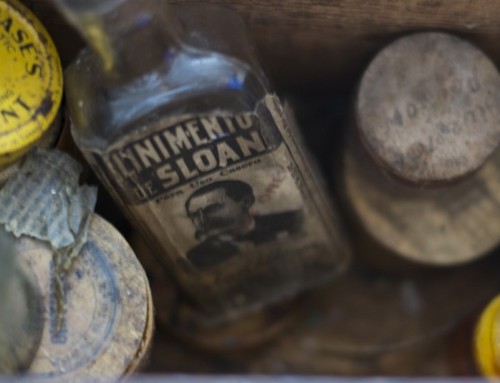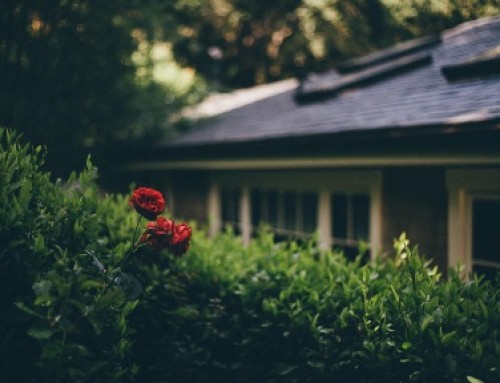Bathrooms and kitchens have evolved a lot over the years. Most agree these are the two areas of a home that offer the highest return on investment for remodeling existing homes. Television shows and magazines show us how to create our “dream kitchens” and “spa retreats” while home improvement stores empower us to tackle these challenges ourselves. My father was a builder so as a child a spent a lot of time accompanying him on new builds and assisting him with household projects, learning a lot along the way. In his absence I would often “borrow” his tools and build tree houses and “fix” things around the house just like he did. At an early age I learned putting things back together isn’t as easy as taking them apart and my dad learned to lock his toolbox!
On television, dreams become realities in thirty minutes to an hour and we see the awe inspiring before and after pictures that lead to action. Soon we find ourselves standing in a gutted room with a pile of rubble in the front yard and have that “ah-ha” moment. These projects almost always takes more time and money than we initially budget for but we persevere and end up with at least a fraction of the vision we started out to create. It’s great to learn new skills and wonderful to feel the sense of accomplishment associated with home improvement. My father had a lot of great advice that I still remember to this day….measure twice, cut once…plan before you build…and watch how something comes apart so you can put it back together the correct way. Although I could write a book about the wisdom he shared as a father and a builder, knowing how to put something back together has saved me many times over the years.
There are many trade secrets that only time, experience and bruised thumbs can reveal pertaining to the building trades. Eventually I would follow in my father’s foot steps and become a licensed general contractor and home inspector. Over the years I have built new homes and remodeled houses and buildings of all ages and sizes, and many times I was reminded of what I did not yet know. I’ve never been scared to ask others for their professional advice on best standards and practices and almost always people are more that happy to help.
Know Your Limits with Self-Remodels
Bath and kitchen projects can be fun and rewarding but it pays to know your limits, create a plan and build a support team before you break out the sledge hammer. Most homeowner self remodels are undertaken without a permit and never re-inspected until the property is sold. Buyers can research public records for inspection records and should look for quality issues in finishes as they consider new purchases. A LOT of important details need to be completed to insure bath and kitchen remodels do not result in damage to your home.
Paint and tile are forgiving as mistakes will not threaten the structural integrity or habitability of a home, plumbing fixtures, water supply/waste lines and their connections on the other hand must be installed correctly or the potential problems are endless. Water has to be handled properly and that requires diligence with the details. Mold thrives on moisture and water intrusion problems. When spores find these problem wet areas they have the opportunity to grow and establish colonies. Left unchecked, mold growth will continue. Plumbing inside the walls, ceilings and floors needs to be water tight to prevent mold from establishing a strong hold on the drywall, insulation and wood it comes in contact with. When tearing out an area look for evidence of past water damage. If found, investigate until you find the source and repair the leak before putting back new materials.
Areas of Special Consideration
Consider the volume of water that flows through the bath and kitchen areas of our homes and it’s easy to understand how water can rapidly cause unwanted chaos. A few areas to give special consideration to are:
- Shower pans and drains
- Water closet supply valves and waste pipes (tight, secure, taped connections, wax ring)
- Vanity supply, waste connections, valves
- Refrigerator: connections/valve/water line with ice maker
- Dishwasher connections/waste line/loop
- Garbage disposal/trap/waste lines and connections
- Caulking around fixtures
- Shower pans/lining/drainage
- Adequate ventilation
- High moisture drywall/finishes
Mold problems follow neglected water issues. Baths in most cases have the highest volume of water usage and therefore pose the highest risk for potential mold growth. I have never built a house with too much storage space so if you are like my family every inch of cabinet space eventually gets filled to capacity with cleaning supplies, shampoo, soap and linens. This makes to difficult to see leaks in the bath vanity cabinets so remember to occasionally check those hidden spots for leaks, drips and puddles. Avoiding water on the floor and walls is comical if you have children but at least remind them to dry up excess water and moisture. If a tub or water closet overflows immediately clean and dry the area and continue to visually monitor the effected area to insure that moisture does not lead to mold growth in hidden areas. Mold spores move and are spread through the air both indoors and outdoors therefore mold growth can begin in any room if the conditions are favorable.
Proactive home maintenance and quality renovations insure unwanted water problems never provide mold spores with the foundation necessary for development.






